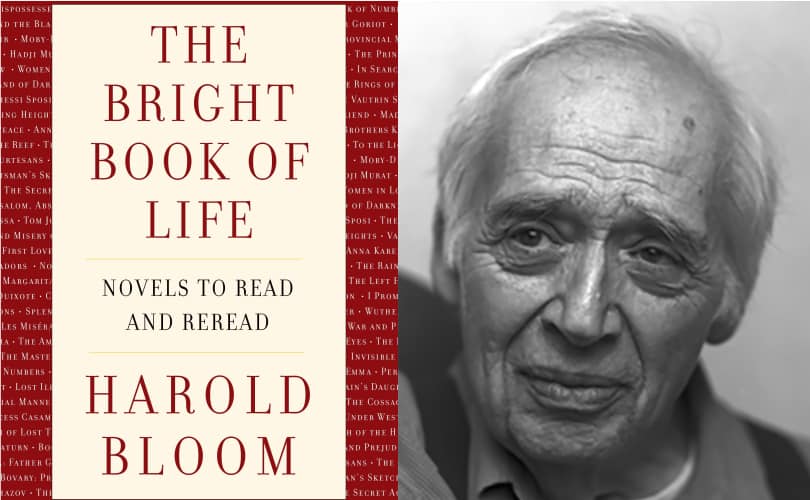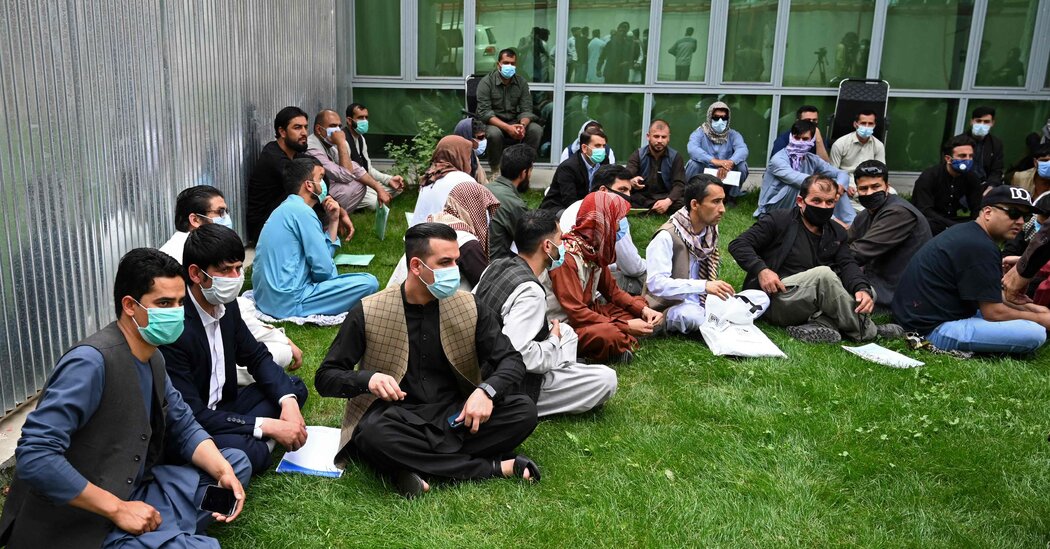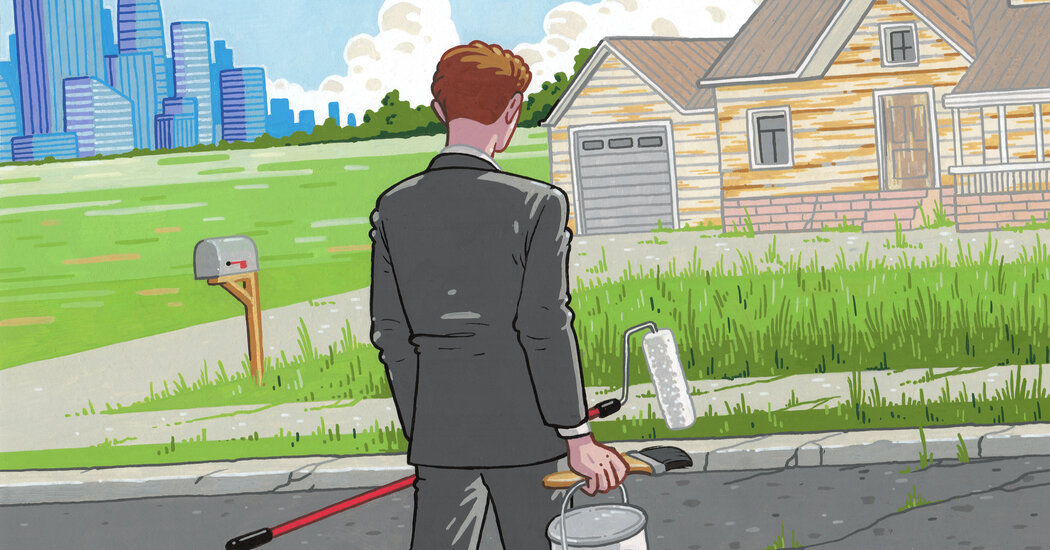‘The Bright Book of Life,’ by Harold Bloom book review
I wish Bloom, who died in 2019, could have sometimes appreciated writers for what they are rather than grading them on a curve. But it was evident at least since “The Anxiety of Influence” appeared in 1973 that he viewed literature as a contest, measuring writers against a yardstick of purportedly timeless values without acknowledging that such values might reflect his personal tastes. In “The Bright Book of Life,” this is a glaring omission, since Bloom often tosses off judgments that will be incomprehensible to readers unfamiliar with his previous books. Some of his criticisms of Samuel Richardson’s “Clarissa,” for example, will only make sense to those who have read Bloom’s “Shakespeare: The Invention of the Human.” I also find jarring Bloom’s habit of tossing off as accepted fact assertions that are decidedly not widely accepted, such as the comment that Morton Fullerton, known to literary history as Edith Wharton’s lover, also “liberated Henry James into many subsequent homosexual relationships.”
I have to admit that it was fun to quarrel with Bloom’s judgments and selections. If Kafka and Beckett are better than Thomas Mann, why is “The Magic Mountain” on this list while “The Trial” and “The Unnamable” are not? “Don Quixote” and “Clarissa” are rightly here — they are foundational novels that shaped a new genre — but where is Madame de La Fayette’s equally foundational “The Princess of Clèves”? One novel by Virginia Woolf and two by Ursula K. Le Guin? Yes, “The Left Hand of Darkness” and “The Dispossessed” are terrific, but do they deserve twice as much space as “To the Lighthouse”? And surely Alessandro Manzoni’s sweeping 19th-century masterpiece “The Betrothed” merits more than a perfunctory six pages, padded by two pages of quotations and a digression into 20th-century historical fiction culminating in the questionable claim that “even the most talented historical novels now seem tainted by a lack of freshness.” I had to wonder whether Bloom had not read Pat Barker’s Regeneration trilogy and Hilary Mantel’s “Wolf Hall” or was simply indulging his weakness for sweeping generalizations.
Perhaps I am unfair to expect coherent development of an argument backed by textual evidence in this autumnal work, which is dotted with frequent mentions of the author’s age (88) and melancholy references to “departed friends.” Indeed, “The Bright Book of Life” reads more like an internal dialogue than an effort to enlighten or persuade others. The lengthy quotations, which sometimes go on for several pages, do not necessarily illuminate anything other than Bloom’s fondness for them. Some, such as an extract from Joseph Conrad’s “Under Western Eyes,” refer to characters that Bloom has not bothered to introduce for the benefit of anyone who hasn’t read the novel. I found myself wondering if this was a rough draft, unfinished when Bloom died, a suspicion reinforced by autobiographical asides that were often tenuously related to the novel under examination.
“Reading your own way into secular revelation” is “the enterprise of my long life,” Bloom tells us in his preface. As practiced here, this is not a social activity. The text is studded with nuggets of shrewd perception: Jane Austen “teaches patience inflected by wit and the joy of being”; Emma Bovary “enters the realm of inactivity, where the protagonists are bored but the reader is not”; Tolstoy excels in grasping “the tang of the actual.” But Bloom rarely incorporates these flashes into a fully articulated explication of what the writer achieves in a given novel. His scattered aperçus are piquant, but ultimately unsatisfying. When he does offer a synthesis, it frequently tells us as much about Bloom’s view of literature as it does about the aims of the author, as when he informs us, “James Joyce was the master agonist, daring to contend even against Dante and Shakespeare for the foremost place.”
“I go back to reread novels to find old friends still living and to make new ones,” Bloom writes. No one who loves literature will be unmoved by his sense of engaging in a conversation across the centuries with writers and their creations. But I wish the conversations in “The Bright Book of Life” offered more than competitive rankings and fleeting moments of insight.
Wendy Smith is the author of “Real Life Drama: The Group Theatre and America, 1931-1940.”
The Bright Book of Life
Novels to Read and Reread



